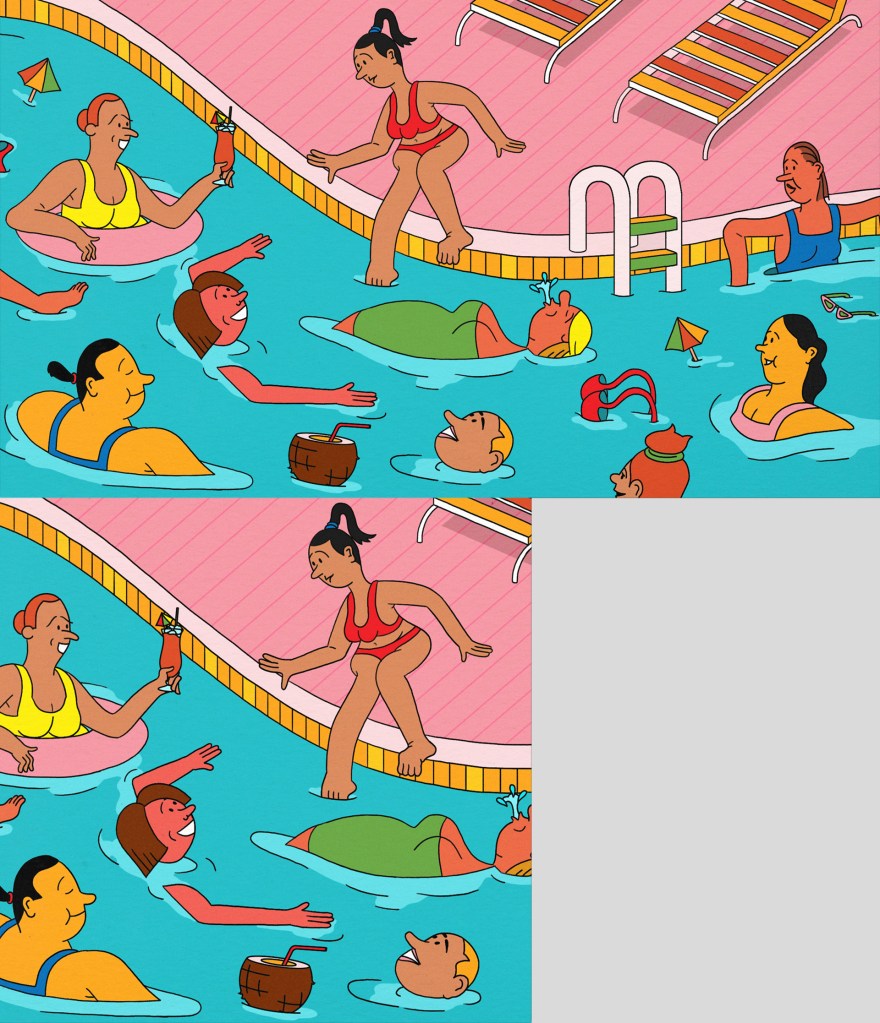A car careens down a highway, while a hero rips at its wiring, trying to take control of the vehicle. Flames burst forth, tires squeal—these are all perfect action moments that need to be presented in a pulse-pounding way. But how does one go about plotting them out on the small pages of a comic?
In last week’s edition of Strip Panel Naked, the mini-comic masterclass premiering weekly on YouTube, host Hass Otsmane-Elhaou talked about the power of the three panel grid in comics. And while the three panel grid is great for laying out thoughtful, slow-progressing pages, there’s a better format for amping up the action. This week, Strip Panel Naked goes in the complete opposite direction, examining Frank Miller’s 16 panel grids in The Dark Knight Returns.
Videos by VICE
What do comics mean when they talk about a 16 panel grid? “Traditionally, and in this case with The Dark Knight Returns, it’s a four by four grid, four panels wide by four panels tall,” explains Otsmane-Elhaou. “I think, visually, it’s better at showing off a single image, or an abstract one.” So Frank Miller uses this stacked page to present slices of action in a concussive wave. Moment after moment hits the reader in these tiny beats. “In terms of stuff that’s actually happened, not very much occurs. And yet so much takes place, and it ends perfectly.”

The whole point of a crowded grid, according to Otsmane-Elhaou, is to present action but present it with a solid structure. A full page splash can provide an amazing snapshot of the hero besting the villains, but it doesn’t have the same pacing. “Grids are all about structure, both visibly and formally, and the structure across all rows and across all pages. With a 16 panel grid, when you use all 16 panels, it’s effective for… hyper-intense, closeup looks at characters and moments.”
To take a deep dive with Strip Panel Naked and see how Miller expertly paces his comics, watch the full video below:
To see more, visit the Strip Panel Naked YouTube page, and check out its Patreon page to support the series.
Related:
Why Fewer Panels Make a Better Comic




